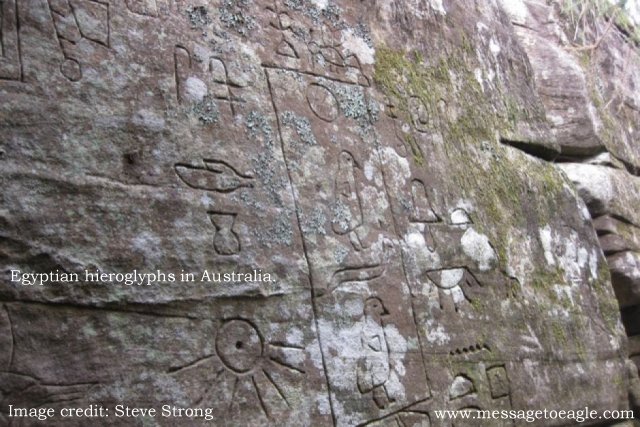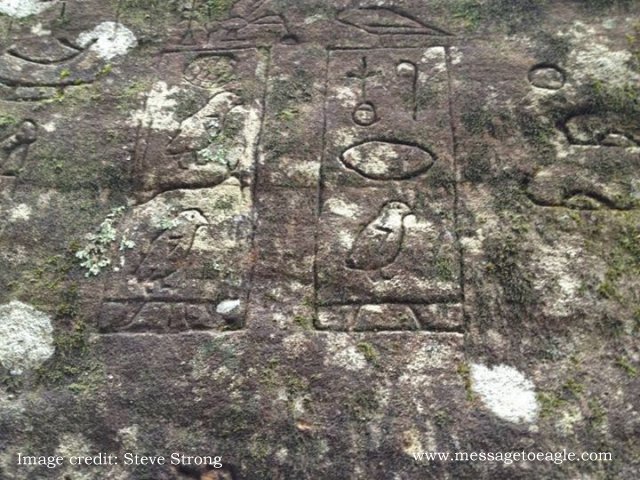Mysterious Gosford Glyphs: Remarkable Ancient Egyptian Hieroglyphs Discovered In Australia Could Re-Write History
Ellen Lloyd - AncientPages.com - Our journey takes us to Australia, a beautiful country full of ancient mysteries waiting to be unraveled.
Mark Twain once said that Australian history is so curious and strange and it is also so full of lies.
Certain ancient Australian relics, monuments, and carvings tell a different story than we usually read in classical history books.
This time we take a look at some remarkable hieroglyphs that appear to be ancient Egyptian in origin.
Steve Strong, an Australian-based researcher, author and former high-school teacher with a background in archaeology is convinced that these extraordinary hieroglyphs existed for some 4,500 years in Australia.
Skeptics and Egyptologists claim that they are simply graffiti, but Strong is convinced they are real and could be traced back to the ancient Egyptians who visited Australia in a remote past. The Gosford Glyphs as they have been named are located near Kariong, about 60 km north of Sydney.
According to Strong, the hieroglyphs are unique and there is nothing similar to this anywhere in Australia.
These engravings numbering over 300 have the potential to re-write Australian history.
The site includes an engraved Ankh, an essential accompaniment to Thoth, placed alongside an Ibis footprint (Thoth's recent animal counterpart) and the 'River of Life'.
Two Ibis-men engraved into rock, both in profile with the head of an ibis and body of a human, seem to resonate with the same ancient Egyptian theme. Close to the site is a never before seen by non-Aboriginals until discovered very recently, rock platform covered with a set of sacred engravings of considerable significance.
On this large platform, Strong and his team saw a fish, serpent, massive dolphin or whale, circles and a variety of shapes and symbols.
Strong who visited the site says "what really surprised us was that not only are the ibis and Thoth synonymous, but originally Thoth was depicted in ape-form. And it is this more ancient representation that is found twice in Australia, extending the horizons considerably.
A statue found at Gympie, said to act as one of five sentries guarding the controversial seven-stepped pyramid at Gympie, is a depiction of Thoth in his more primal ape-like form and has been argued over and often ridiculed.
The engraving is ancient, carved by an artist aware of an African animal and Egyptian deity supposedly unknown until the British invasion.
In what only adds to the quality and quantity of this cross-cultural partnership, there are two sets of Aboriginal engravings, one containing 31 separate and distinct human characters and the other five figures, of which three have human bodies and what appears to be crocodile heads.
The Egyptian crypt and engravings, dedicated to the memory of the son of a Pharaoh, was constructed close to the Durramullan rock platform and could only be created with the consent of the local Aboriginals. Since it is unlikely that the Aboriginals sailed the globe in ancient times, the carvings must have been created by an ancient Egyptian civilization.
The remarkable hieroglyphs indicate the presence of Egyptians in Australia beginning at around 5,000 years ago, which means these glyphs form a pivotal and historic epitaph to an Australian history very few suspect.
Written by Ellen Lloyd - AncientPages.com
Copyright © AncientPages.com All rights reserved. This material may not be published, broadcast, rewritten or redistributed in whole or part without the express written permission of AncientPages.com
More From Ancient Pages
-
 Trove Of Coins Dating Back To The 1100s Found On Visingsö, Sweden
Archaeology | Apr 8, 2024
Trove Of Coins Dating Back To The 1100s Found On Visingsö, Sweden
Archaeology | Apr 8, 2024 -
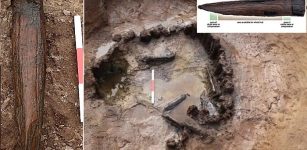 ‘Exceptionally’ Rare Iron Age Axle Found In Suffolk
Archaeology | Jan 26, 2023
‘Exceptionally’ Rare Iron Age Axle Found In Suffolk
Archaeology | Jan 26, 2023 -
 Unexplained Phenomenon In East Anglia – Time Portal And Strange Glimpses From The Past – Part 1
Ancient Mysteries | May 31, 2018
Unexplained Phenomenon In East Anglia – Time Portal And Strange Glimpses From The Past – Part 1
Ancient Mysteries | May 31, 2018 -
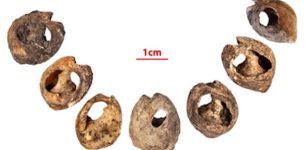 142,000-Year-Old Shell Beads Found In A Cave Are The Oldest Known Evidence Of Human Communication
Archaeology | Oct 16, 2021
142,000-Year-Old Shell Beads Found In A Cave Are The Oldest Known Evidence Of Human Communication
Archaeology | Oct 16, 2021 -
 Did Ancient Oshoro Stone Circle Serve As A Portal To The Spirit World?
Featured Stories | Aug 19, 2017
Did Ancient Oshoro Stone Circle Serve As A Portal To The Spirit World?
Featured Stories | Aug 19, 2017 -
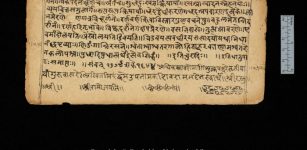 Ancient Grammatical Puzzle Solved After 2,500 Years
Linguistic Discoveries | Dec 15, 2022
Ancient Grammatical Puzzle Solved After 2,500 Years
Linguistic Discoveries | Dec 15, 2022 -
 On This Day In History: Roman Emperor Trajan Was Born In Spain – On Sep 18, 53 AD
News | Sep 18, 2016
On This Day In History: Roman Emperor Trajan Was Born In Spain – On Sep 18, 53 AD
News | Sep 18, 2016 -
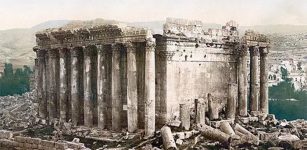 Baalbek: Were The Megaliths Put In Place Under Herod?
Archaeology | May 27, 2019
Baalbek: Were The Megaliths Put In Place Under Herod?
Archaeology | May 27, 2019 -
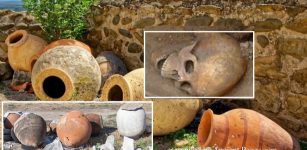 Researchers Develop New Ways Of Visualizing Ancient Small Objects By Combining Technologies
Archaeology | Apr 20, 2022
Researchers Develop New Ways Of Visualizing Ancient Small Objects By Combining Technologies
Archaeology | Apr 20, 2022 -
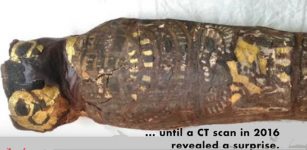 Micro-CT Scans Revealed: It Wasn’t Egyptians’ Falcon-Headed Deity But Malformed Human Baby
Archaeology | Jun 2, 2018
Micro-CT Scans Revealed: It Wasn’t Egyptians’ Falcon-Headed Deity But Malformed Human Baby
Archaeology | Jun 2, 2018 -
 Is This The Face of Queen Elizabeth I?
Archaeology | Oct 15, 2018
Is This The Face of Queen Elizabeth I?
Archaeology | Oct 15, 2018 -
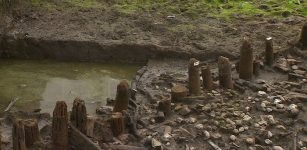 The Pompeii Of The Fens: Ancient Village In Cambridgeshire Burned Down 3,000 Years Ago For Unknown Reasons
Archaeology | Jul 14, 2016
The Pompeii Of The Fens: Ancient Village In Cambridgeshire Burned Down 3,000 Years Ago For Unknown Reasons
Archaeology | Jul 14, 2016 -
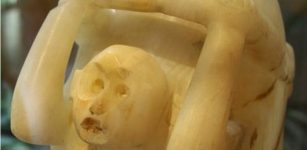 Pulque: Ancient Drink Of The Gods Is Popular Again But It Has Odd Side-Effects
Ancient Traditions And Customs | Jun 29, 2017
Pulque: Ancient Drink Of The Gods Is Popular Again But It Has Odd Side-Effects
Ancient Traditions And Customs | Jun 29, 2017 -
 What Were The Most Important Medieval Marketplace Rules?
Ancient History Facts | Mar 25, 2024
What Were The Most Important Medieval Marketplace Rules?
Ancient History Facts | Mar 25, 2024 -
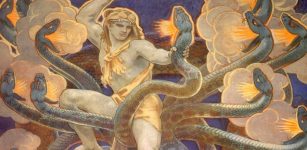 Hydra Greek Monster: Fearsome Multi-Headed Dragon That Inhabited Swamps Of Lerna
Featured Stories | Sep 20, 2019
Hydra Greek Monster: Fearsome Multi-Headed Dragon That Inhabited Swamps Of Lerna
Featured Stories | Sep 20, 2019 -
 Winged Hussars: Facts And History About The Polish Warriors, Their Armor And Military Tactics
Featured Stories | Feb 14, 2016
Winged Hussars: Facts And History About The Polish Warriors, Their Armor And Military Tactics
Featured Stories | Feb 14, 2016 -
 Enigmatic Newport Tower – Built By The Vikings, Knights Templar, Freemasons Or Someone Else?
Featured Stories | Aug 1, 2024
Enigmatic Newport Tower – Built By The Vikings, Knights Templar, Freemasons Or Someone Else?
Featured Stories | Aug 1, 2024 -
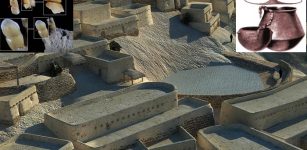 4,000 Years Ago Women Of El Argar Used Their Teeth As Tools
Archaeology | Nov 10, 2020
4,000 Years Ago Women Of El Argar Used Their Teeth As Tools
Archaeology | Nov 10, 2020 -
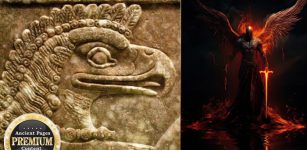 Apkallu – Seven Antediluvian Sages Created By God Enki – Were They The Watchers?
Featured Stories | Mar 27, 2019
Apkallu – Seven Antediluvian Sages Created By God Enki – Were They The Watchers?
Featured Stories | Mar 27, 2019 -
 Ancient Monuments The World Is Not Allowed To See – Forbidden Zone – Part 2
Ancient Mysteries | Aug 27, 2020
Ancient Monuments The World Is Not Allowed To See – Forbidden Zone – Part 2
Ancient Mysteries | Aug 27, 2020

